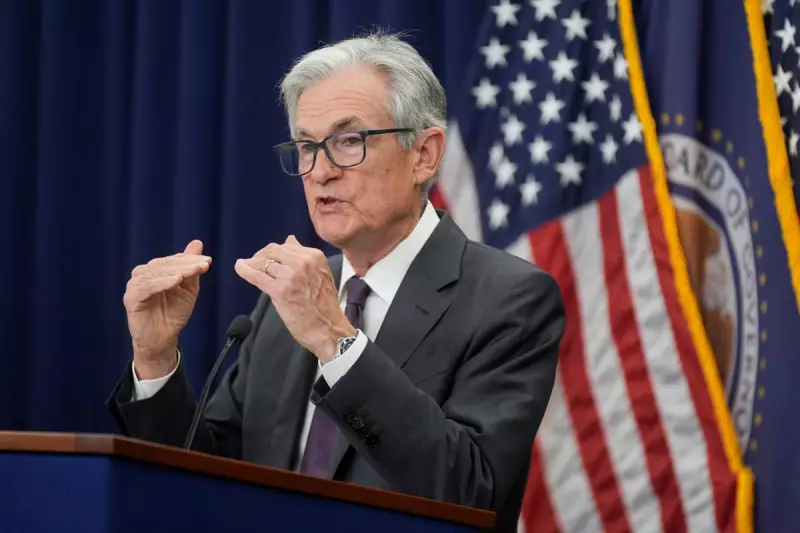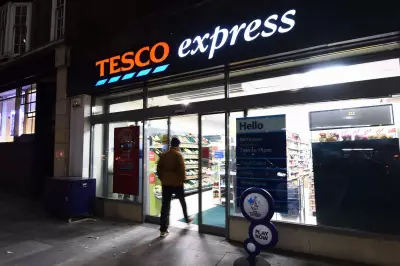
The latest economic data from the United States has brought welcome news for consumers, with inflation showing signs of cooling in May. According to official figures, the annual inflation rate dipped slightly, offering potential relief for household budgets and raising questions about the Federal Reserve's next steps.
Key Inflation Figures
The Consumer Price Index (CPI) rose by 3.3% in the 12 months to May, a modest decline from April's 3.4% figure. This marks the second consecutive month of easing price pressures, though inflation remains above the Federal Reserve's 2% target.
What's Driving the Slowdown?
Several factors contributed to the cooling inflation:
- Stabilising energy prices after earlier spikes
- Moderating food price increases
- Gradual easing in supply chain pressures
- Slower growth in some service sector costs
Implications for Interest Rates
The new data comes at a crucial time for monetary policy, with Federal Reserve officials including Chair Jerome Powell closely monitoring inflation trends ahead of their next meeting. Many economists now believe the central bank may hold off on further rate hikes, though officials have cautioned against premature celebrations.
"While the direction is encouraging, we're not declaring victory yet," said one Fed official speaking on condition of anonymity. "The economy remains strong, and we need to see sustained progress toward our target."
Market Reactions
Financial markets responded positively to the news, with:
- Stock indices ticking upward
- Bond yields edging lower
- The dollar showing modest weakness
Looking Ahead to Jackson Hole
All eyes now turn to the Federal Reserve's annual symposium in Jackson Hole, Wyoming, where policymakers often signal important shifts in monetary strategy. Analysts will be parsing every word from Chair Powell's scheduled speech for clues about future rate decisions.
The coming months will prove critical in determining whether this inflation slowdown represents a lasting trend or merely a temporary respite in what has been a challenging period for consumers and policymakers alike.





